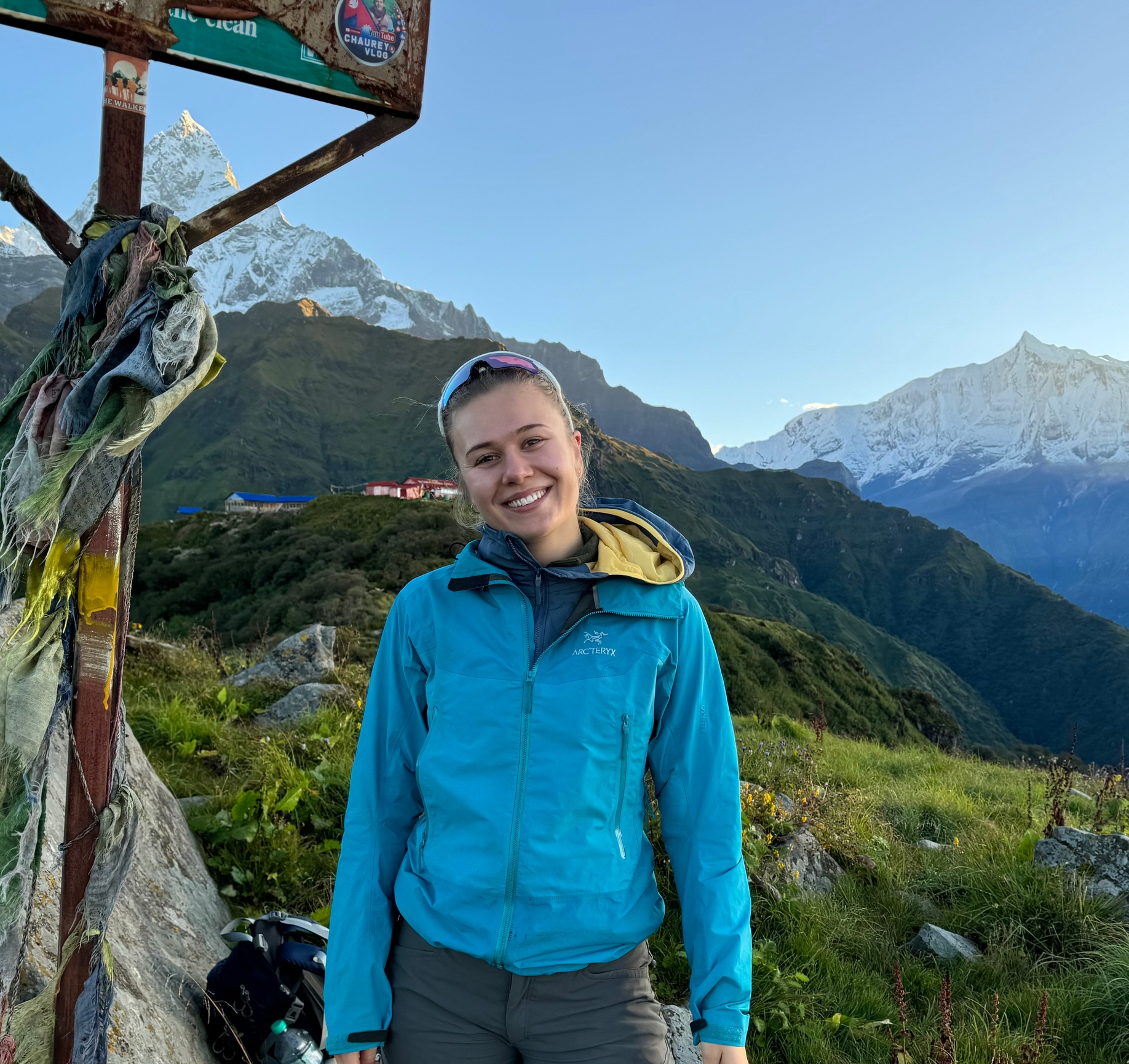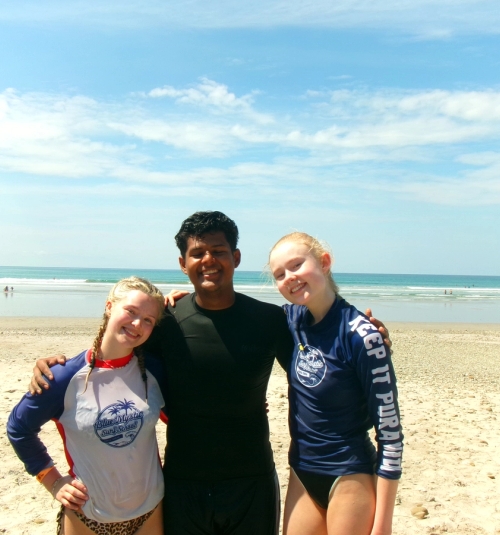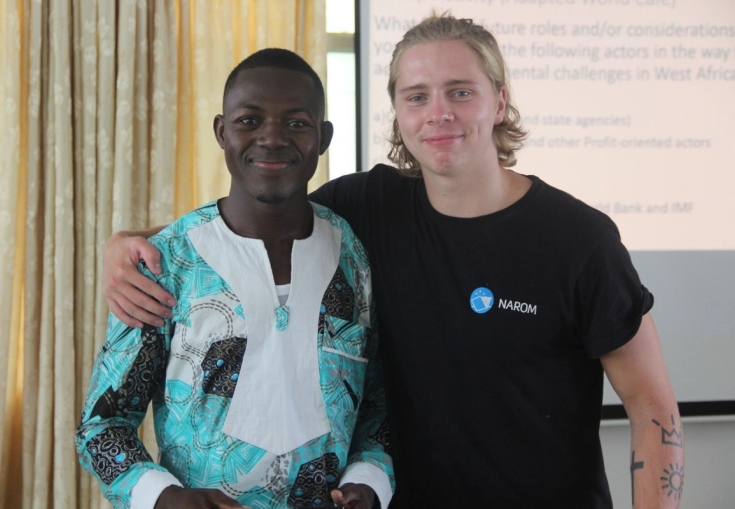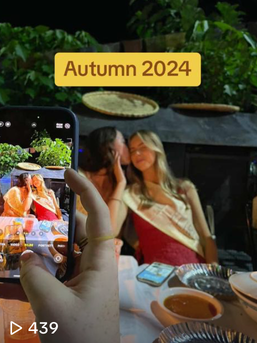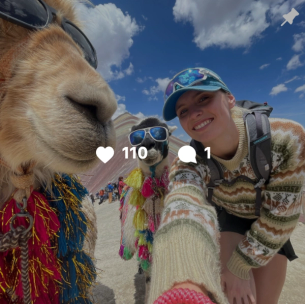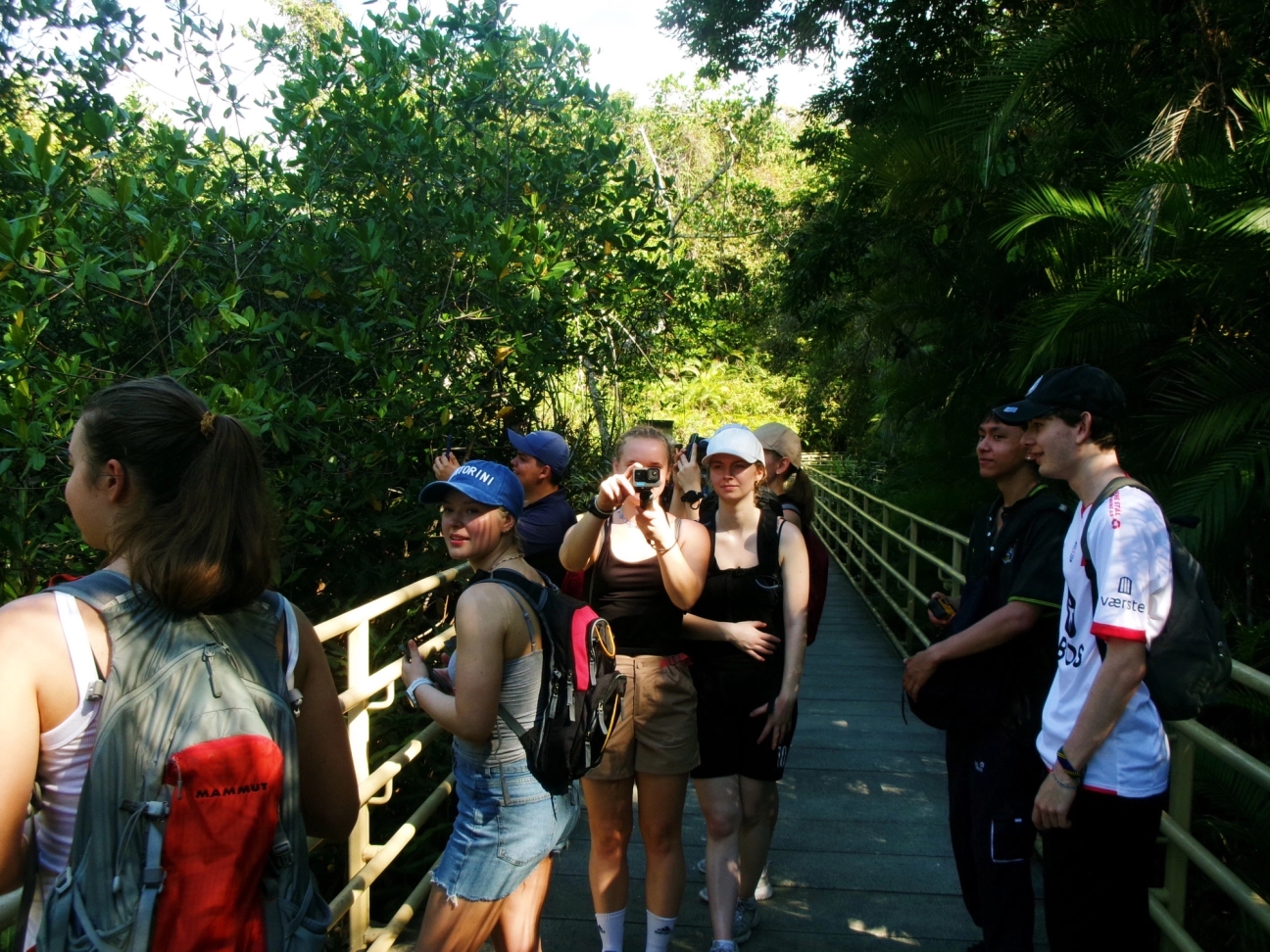
A day in Manuel Antonio National Park
During our first week here in Costa Rica, we visited Manuel Antonio National Park. It's one of Costa Rica's national parks, located right next to our student house!

This text is translated using AI.
View the original article here. It is a very popular tourist attraction, and for good reason. Manuel Antonio National Park is a protected natural area, with tropical rainforest, wildlife, beautiful
beaches, and home to several endangered species.
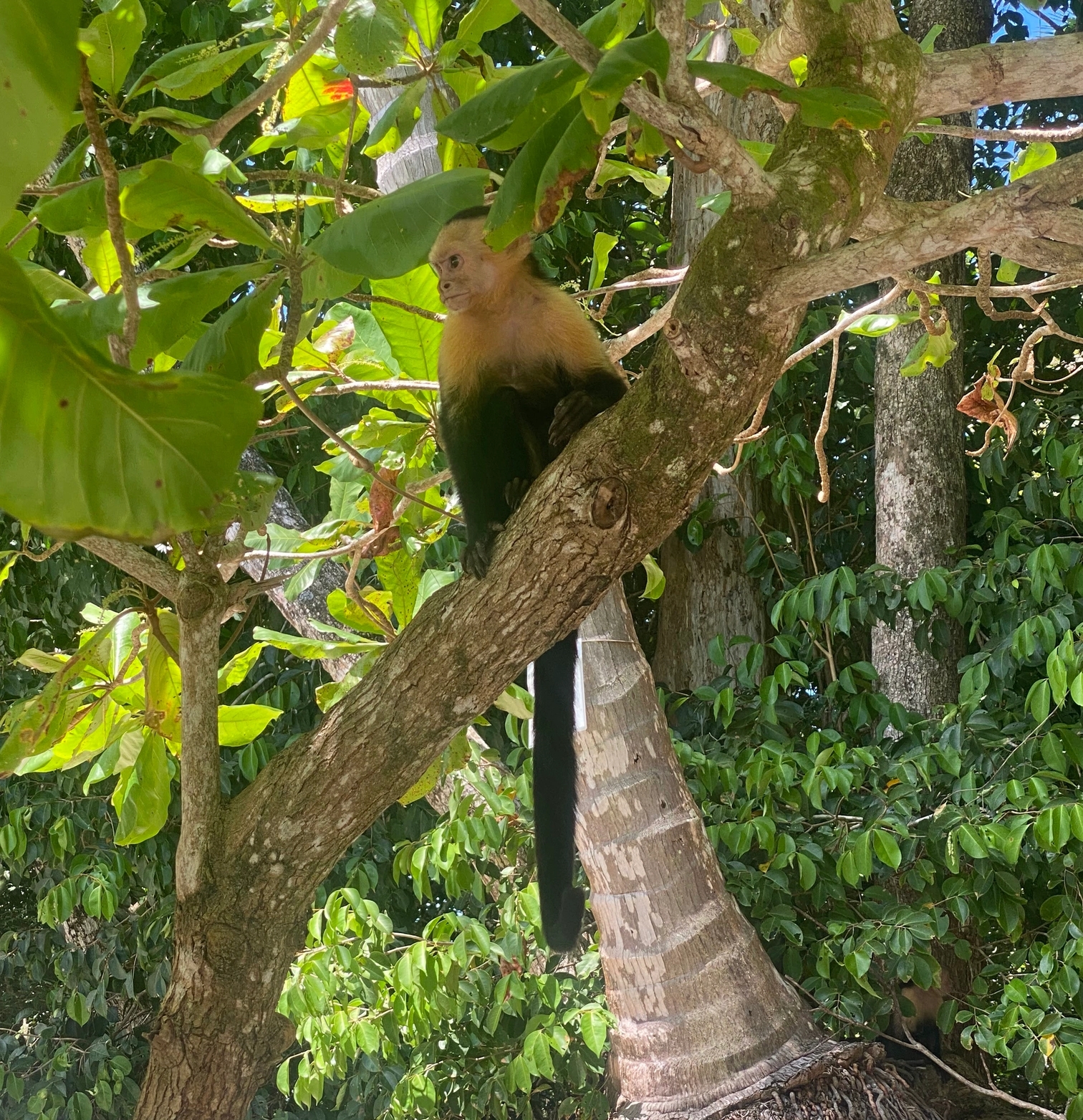
Costa Rica is known for its strong emphasis on sustainable development and environmental protection, and is a country with great biological diversity.
The days before we went to the national park, we had an introduction to
the study, where we among other things learned a bit about the importance of preserving ecosystems.
For instance, we learned about mangroves, which are a type of shrubs and trees that grow in the tidal zone and protect the coast from, among other things, storms, hurricanes, and rising sea levels.
Most places along the coastline are eradicated, but in the national park, on the other hand, there are large amounts of mangroves, which speaks volumes about the value of protecting nature.
As we walked through the park, we saw a surprising amount. After just two meters, we had our first encounter with the wildlife when a coati peeked out onto the path. The goal for most was to see a sloth, and we managed to see this several times. One of the sloths even had a baby on its belly!
We also got to see a long green snake, many different birds and lizards, agoutis, monkeys, crabs, and much more that I don't know the name of. It was cool to see how well camouflaged the animals were, as it was incredibly difficult to spot them.
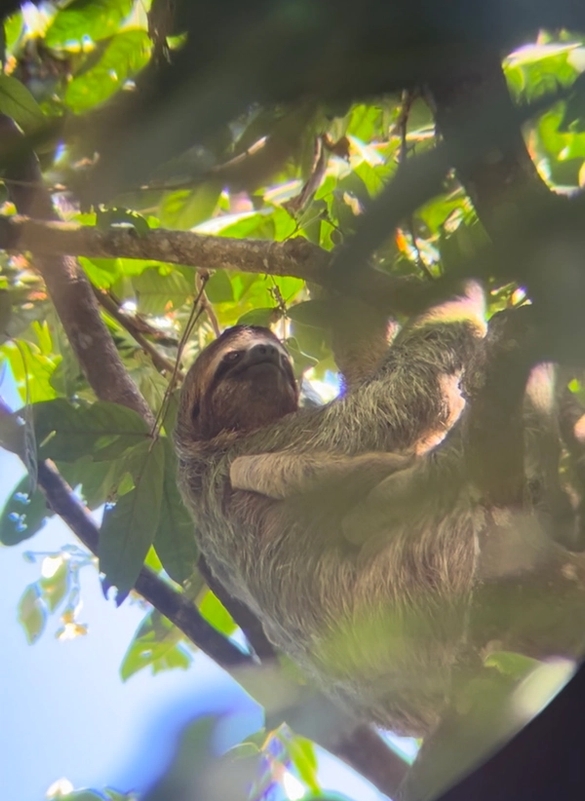
Even though we didn't have a guide with us on the trip, we were lucky to meet kind guides and tourists who helped us discover animals we otherwise wouldn't have noticed. I recommend having a guide to get the most out of the trip! That way, you can see more of what's hidden and learn more about nature and wildlife.
For instance, we wouldn't have had the chance to properly see the sloth if we hadn't been allowed to look through one of the guide's lenses.
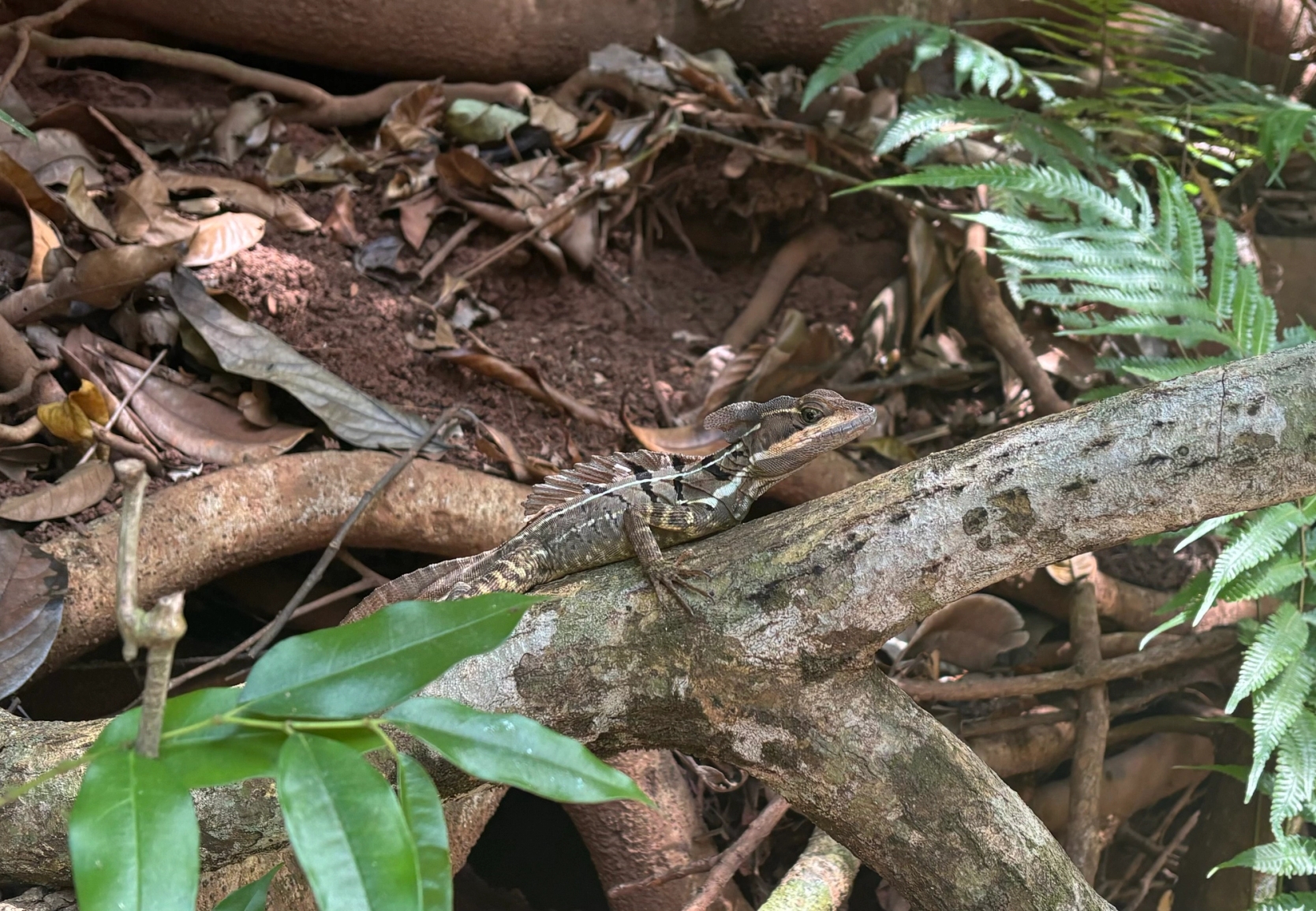
In the middle of the park, there is a cafe and a souvenir shop where one can buy food and beverages or other items they desire. It was a bit expensive to shop there, but it's nice to have the option since it's not allowed to bring plastic bottles or any kind of food into the park.
It is safe to drink the tap water where we live in Costa Rica, so if you carry a metal bottle, you can refill it at faucets throughout the park.
After a warm day filled with many new impressions, we cooled down at one of the beautiful beaches inside the national park. We sunbathed and swam for a couple of hours, and some even brought snorkels.
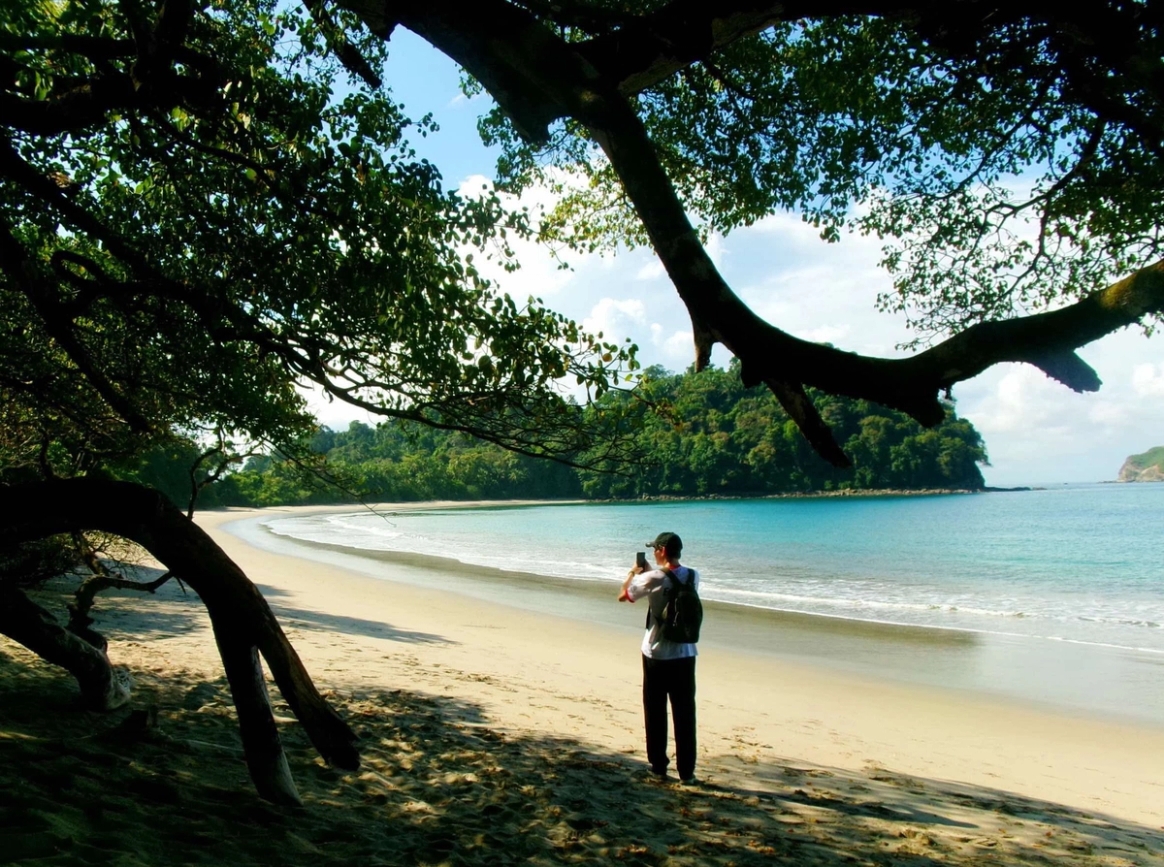
However, we were not alone on the beach, as the monkeys wandered around checking if they could find snacks in the bags of the tourists who were visiting. It seemed like they were used to humans and managed to sneak up right next to those who were sleeping or sunbathing on the beach.
They didn't find much, as it's not allowed to bring any food into the park, but it might be wise to keep an extra eye on your belongings in there.
The whole gang was very pleased after everything we had seen. All in all, a very nice day at school!
